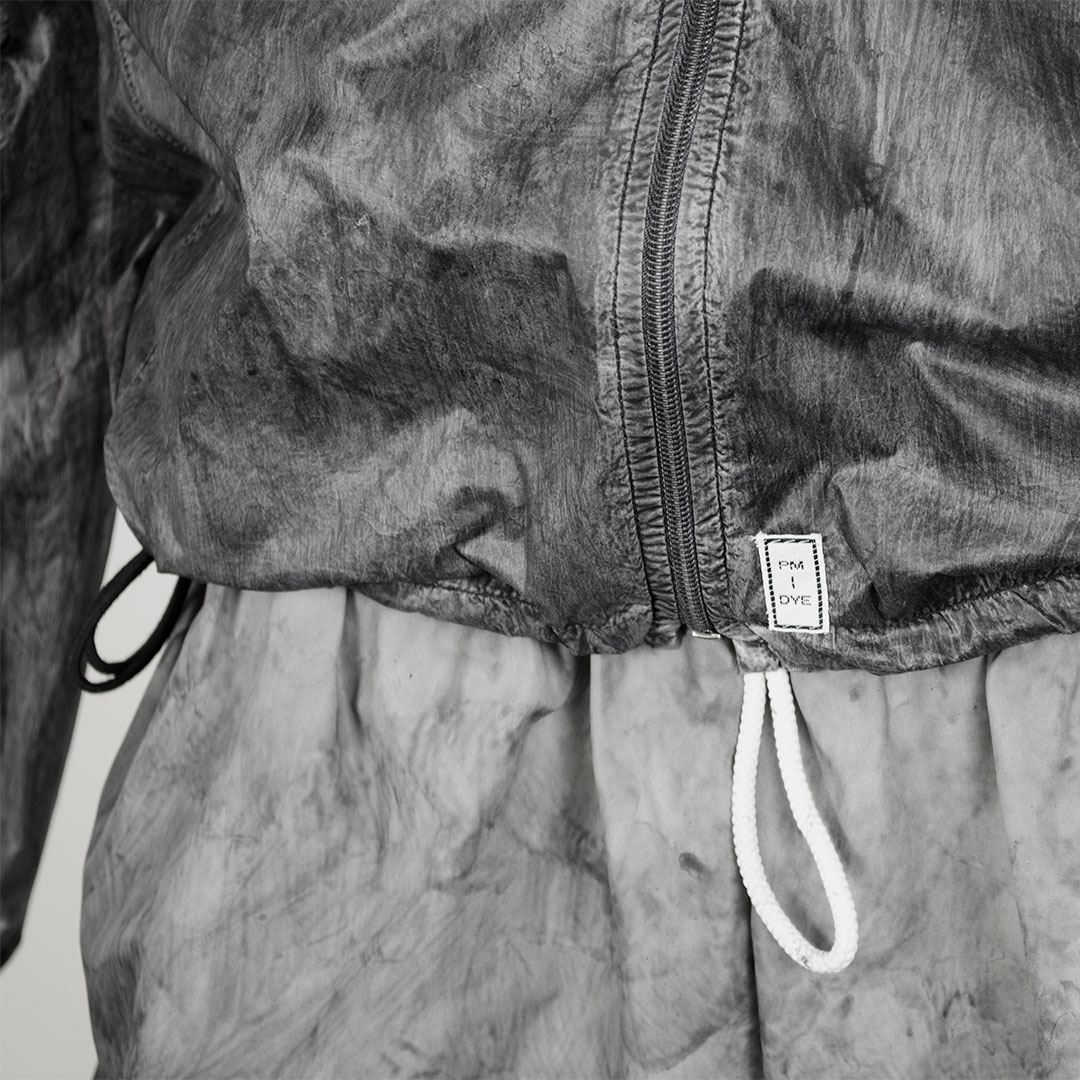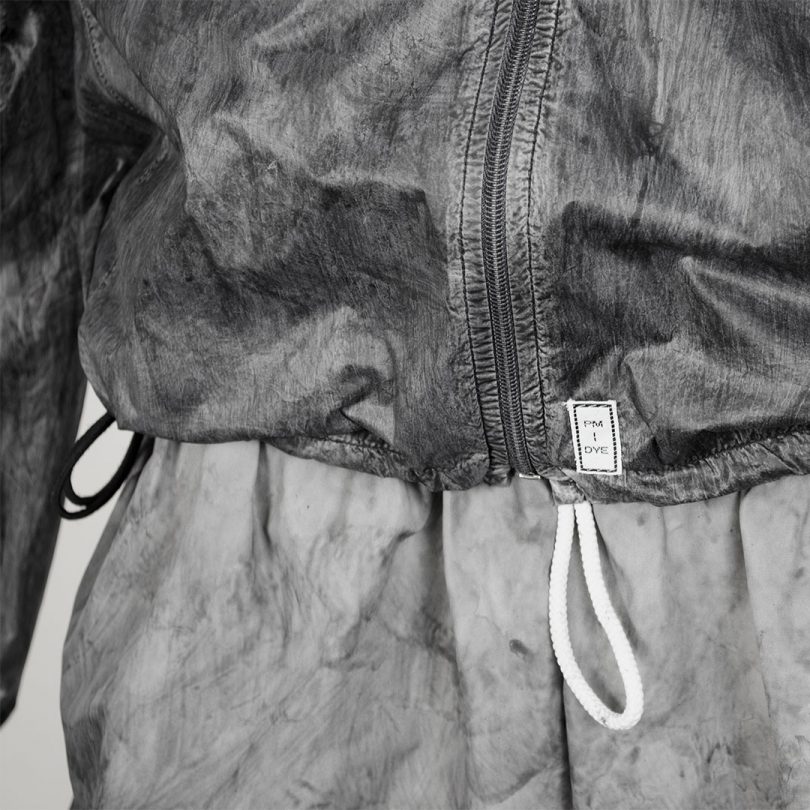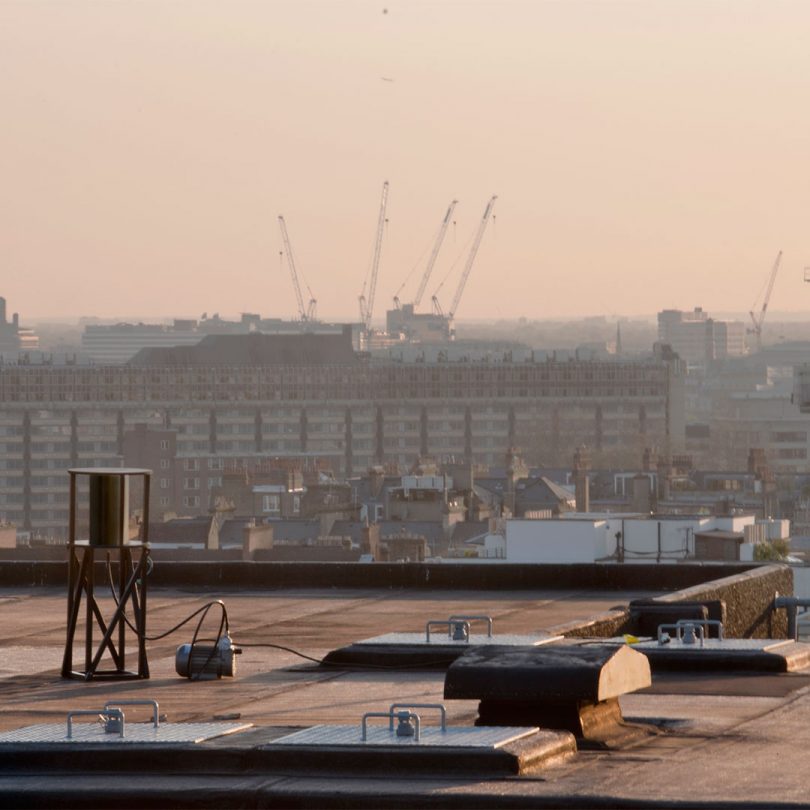Circular by Design: Tino Seubert Turns Air Pollution into Art + Usable Products
For The Colour of Air, Tino Seubert turned air pollution into ink and dye, with which he made screen-printed artworks, pencils, & clothes.

The circular economy is a proposed alternative to our traditional ‘take, make, waste’ model of production and consumption – one that offers hope in the face of environmental catastrophes from climate change to ocean plastic. Designing out waste and pollution, keeping materials and products in use and regenerating our natural environment are so important to contemporary design that we wanted to create a dedicated space for the projects bringing these ideas to life. Circular by Design, a new weekly column by longtime contributor Katie Treggiden, will start by exploring the potential of waste as a valuable new raw material.
German-born London-based product designer Tino Seubert draws upon history and contemporary art as well as science and material research to make products that make statements. For The Colour of Air, he took air pollution and turned it into ink and dye, with which he made screen-printed artworks, pencils, and clothes, to demonstrate the fact that even invisible, airborne waste could be turned into something less damaging and more meaningful. We caught up with him to find out more.
Tell me a little bit about your childhood, education, and background in terms of how you first became interested in creativity, design and sustainability.
I grew up in a small village in the north of Bavaria. My neighbors were farmers and I used to pick up fresh milk from them as a kid – life then was definitely very different from my life in London these days! My parents both worked in technical professions, but they made sure that my creative side was nourished from a very young age. I have been drawing, painting, and making things non-stop since my earliest memories. My mum sent me to an additional art class twice a week after school in the next town and my dad helped me to develop my technical skills – he was always repairing TVs, radios, and other electronic devices in the garage and I would often help him out. I grew up with the idea that things could be fixed instead of replaced, which is essential to sustainability. When I was about 13, I figured out what design was and that it was what I wanted to do in life. At 19, I moved to Bolzano, Italy, where I did my Bachelor in Design, spending a year in Paris as part of an exchange. After graduating, I moved to Berlin and worked there for a year before moving to London to do a Masters in Design Products at the Royal College of Art. And that’s where I have been living since.
How would you describe your Colour of Air project?
Carbon black is the main component of fine Particulate Matter (PM), produced by the incomplete combustion of fossil fuels across homes, industry, and transport. As smog, it obscures visibility and is the main cause of air pollution. Recent studies suggest it is the number two contributor to climate change. Drawing on the idea of ancient Egyptians, who used carbon black from candles to produce ink, The Colour of Air filters PM from car exhausts to produce for pencils (PM-LEAD), and ink for screen printing posters (PM-K), and for permanently dying outdoor sportswear (PM-DYE). Smog becomes wearable, touchable, and visible to the very people who, unwittingly, inhale it every day.
What inspired this project?
The project was actually initiated by a brief we received in the first year of my studies at the RCA. I can’t remember the exact words, but it was about waste and sustainability. I wanted to think about unconventional or invisible waste, rather than the things we put into our bins and see every day. So I started researching topics like light pollution and things that are in the air. My research brought me to particulate matter and the fact that the biggest part of it is carbon black. Combining this with what I knew about the ancient Egyptians using carbon black from candles to produce ink, I decided to turn the carbon black from our air into pigment.
What waste (and other) materials are you using, how did you select that particular material and how do you source it?
This project is actually a very specific one in my portfolio and I wouldn’t say that I always, or even usually, work with waste. Or at least not in the most obvious way. What I do is work with materials that most people would consider ugly, because they are industrial, rough, or not in fashion. I see a beauty in them and I enjoy helping others see this beauty too. One example is Regalvanize, where I developed a surface treatment for hot-dip-galvanized steel material, which usually only used for outdoor and industrial applications like fences or highway guard rails.
When did you first become interested in using waste as raw material and what motivated this decision?
I think consciously the first time was actually during the brief at college, which made me develop The Colour of Air. But subconsciously it has been a big part in my upbringing and the education I received. More than a single project, sustainability should be an underlying philosophy for any project we conceptualize, design, or produce.
What processes does the material have to undergo to become the finished product?
First of all the material needs to be collected. One option for that is to put up active air filters to get the particulate matter out of the air. However, it’s a very costly and energy consuming process, which, for me, defeats the purpose. Why should more electricity be used to collect dirt from the air, which had been caused by other machines? So I looked at existing filter systems for cars. Some diesel cars do have filters in place already, others don’t, which creates a big problem. The ones that do, burn the collected carbon into more carbon dioxide. So to collect the material, I opened up existing ceramic filters on diesel cars, emptied them and put them back in place. To then I process the material into screen printing ink, pencil leads, and fabric dye, sometimes adding small amounts of agents. Making the ink and the pencil leads is pretty easy and straight forward – the fabric dye turned out to be a little bit more complicated, so I got some help from the college’s textile department.
What happens to your products at the end of their life – can they go back into the circular economy?
They can, if the carrier material allows it. For example, screen prints can be recycled like any other paper. The pencil hopefully by the end of its life doesn’t exist anymore or is only a stump. The paper that it has written on can be recycled like any other. With the fabric, it is a bit more complicated and it depends on how recyclable the fabric itself is. What is important to say is that particulate matter and carbon black isn’t generally bad if it’s bound onto a surface – it is when it is in the air and we inhale it.
How did you feel the first time you saw the transformation from waste material to product/prototype?
I was quite impressed and surprised how easily and well it actually worked and that the color of the ink seemed to be a very specific grey.
How have people reacted to this project?
Generally, the reactions have been very positive. People are impressed by the fact that something invisible has been turned into something tangible. Some people criticized that it wasn’t feasible or scalable, but that was never my intention – my point was to showcase what is in the air, what we are inhaling, and that even that kind of waste can be reused.
How do you feel opinions towards waste as a raw material are changing?
I think a change is taking place. In our social circles, it is very much appreciated and almost trending. But that’s not necessarily reflective of a change in reality. Because it is trending, a lot more cosmetic sustainability and greenwashing is happening. Also, outside of our bubble, things still have a long way to go or are even worsening.
What do you think the future holds for waste as a raw material?
It’s hard to generalize because waste covers so much. It depends on the specific material, but with dwindling resources, I hope we will be forced to look more closely, and use existing things we have already extracted from the earth.









